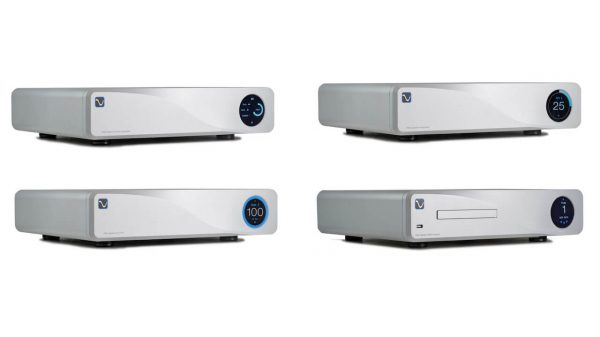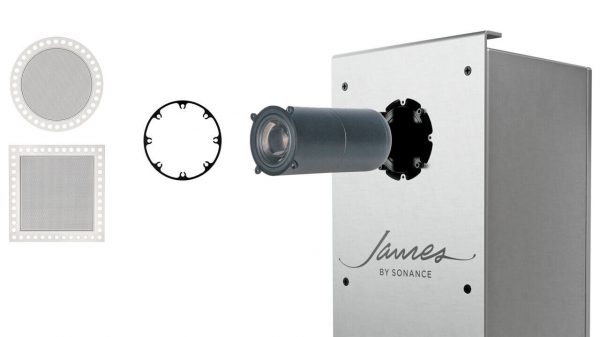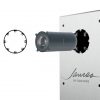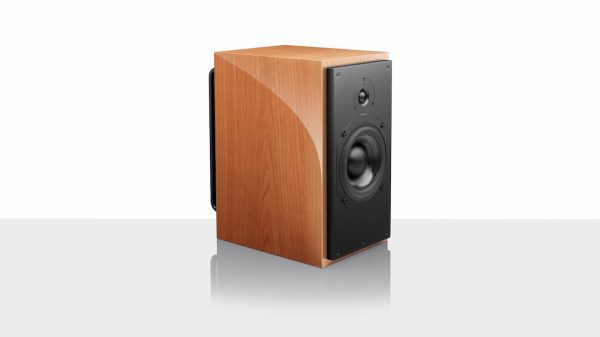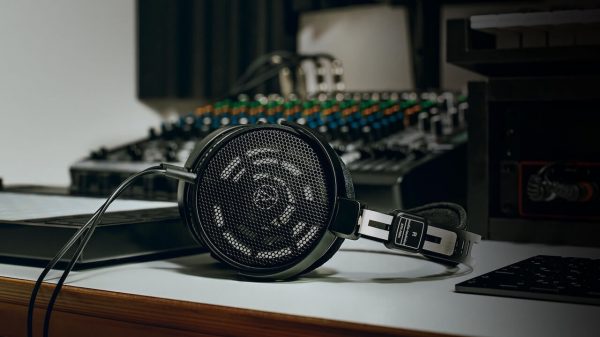Fragmentation has always been part of computers, and has always been a prime barrier to fast system performance. As technology and operating systems have advanced, one would think that file fragmentation would have become less of a problem–but sadly, that is not the case. As files and disk capacities have continued to grow and have become enormous, fragmentation has only compounded. It is not uncommon at all for files to be fragmented into hundreds or thousands of fragments just in day-to-day computer use.
As with other applications manipulating large files, fragmentation can have an especially heavy impact on video editing. Whether editing a video on a home computer or working on an edit for a major motion picture or anything in between, the result is the same: if fragmentation is not adequately addressed, the entire editing and rendering processed can be drastically slowed down or, in severe cases, stopped altogether.
The editing process begins with accessing a large video file. If that file is fragmented, loading the file will take much longer than needed. But file access is only the beginning; as the file is progressively edited–and as special effects, audio, and animation are added–new versions are saved. On a fragmented drive, parts (fragments) of the file will be saved wherever the file system can find free space on the drive. Hence, the new versions will be fragmented as well. Throughout the editing process many files will be created and saved, and fragmentation will continue to worsen and slow the work dramatically. Fragmentation also affects playback and, when severe, causes it to be “jerky”.
The solution for many years has been scheduled defragmentation. Defragmentation could be scheduled for a time when the computer wasn’t in use, and when a user or users next logged on performance would be improved. As with many other of today’s applications, however, scheduled defragmentation can no longer keep up with video editing. Fragmentation is continuing to occur in between scheduled runs as files are accessed, edited, saved, re-edited, and so on. Performance is still impacted and the editing function is sill slowed down.
The ideal solution for applications such as video editing is completely automatic, one that defragments in real-time, invisibly in the background whenever idle system resources are available. As video editing occurs, performance is always kept at maximum and the work can proceed as quickly as possible. Attention can be kept on the editing process itself instead of on waiting for file access or saving to occur. And video playback is smooth and uninterrupted.

